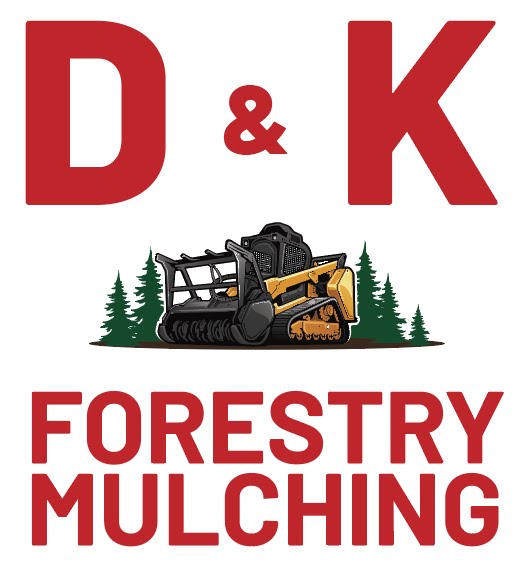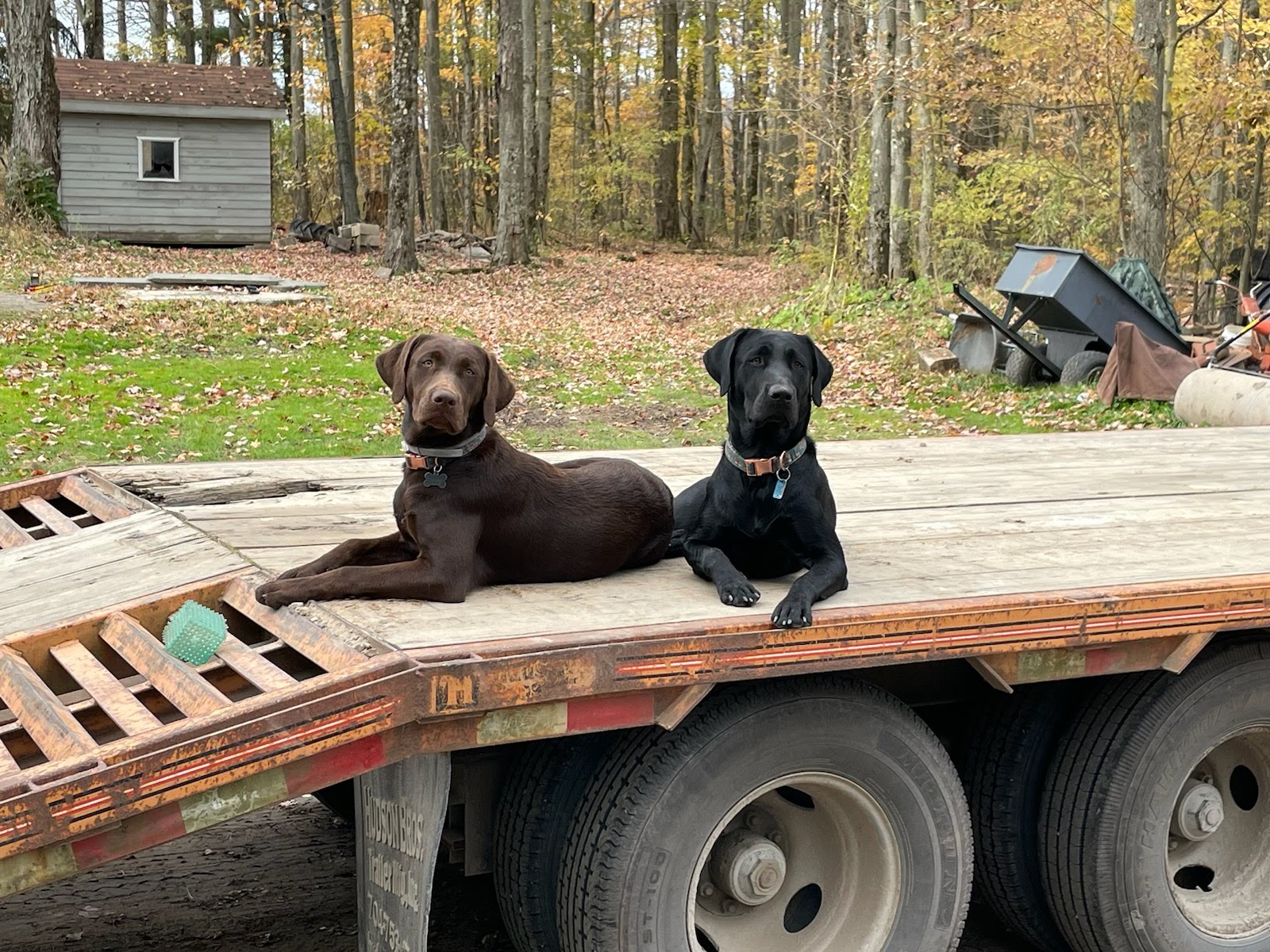
Designing spillways for lakes and ponds is crucial, especially when these water bodies are utilized to deliver water to hydroelectric power generators for individual property owners. Proper spillway design ensures the efficient and safe management of water flow, which is vital for maintaining the structural integrity of the water body and optimizing power generation. Given our last project of designing, excavating, and installing a multi-kilowatt system we thought we’d share some of what we learned in the process.
We’re going explore three distinct spillway designs tailored for different property types: single-family homes, farms with outbuildings, and off-grid estates with multiple homesteads.
Single-Family Home
For single-family homes, the spillway design focuses on simplicity and reliability. A basic spillway should effectively manage the water flow during heavy rains, preventing overflow that could damage property or reduce the efficiency of the hydroelectric system. A common approach is the use of a weir spillway, which consists of a simple notch in the dam or pond wall where excess water can flow over. This design is cost-effective and requires minimal maintenance. The weir should be designed to handle the maximum anticipated flow and should include features like a trash rack to prevent debris from clogging the system, ensuring uninterrupted water delivery to the hydroelectric generator.
Farm with Outbuildings
Farms with outbuildings demand a more robust spillway design to accommodate larger water volumes and increased potential for debris. For these properties, a drop inlet spillway is often ideal. This design involves a vertical pipe that extends below the water surface, connected to a horizontal pipe that discharges water away from the dam. The drop inlet spillway can handle significant water flow and is less likely to be obstructed by debris, making it suitable for farms where leaves, branches, and other materials might be more prevalent. Additionally, this design allows for easy inspection and maintenance, ensuring the hydroelectric system operates smoothly and efficiently.

Off-Grid Estate with Multiple Homesteads
Off-grid estates with multiple homesteads require a highly efficient and adaptable spillway system to manage water resources effectively across a larger area. The principal spillway for such properties is typically a combination of a drop inlet and a labyrinth spillway. The labyrinth spillway features a zigzag pattern, which increases the length of the spillway crest without expanding the footprint of the dam, allowing for higher discharge capacities in a more compact area. This design is particularly beneficial for off-grid estates where maximizing water management efficiency is critical for supporting multiple hydroelectric generators. The combination of a labyrinth spillway for handling high flows and a drop inlet spillway for regular flows ensures that the system is both versatile and reliable.
The design of spillways for lakes and ponds used in hydroelectric power generation is essential for property owners to ensure safety, efficiency, and sustainability. Tailoring the spillway design to the specific needs of single-family homes, farms with outbuildings, and off-grid estates with multiple homesteads guarantees optimal performance and long-term reliability of the hydroelectric system. By investing in the appropriate spillway design, property owners can harness the full potential of their water resources while safeguarding their property and environment.
If you’re interested in this service we’re ready to do a site visit for a free estimate!
Send us a message or give us a call Cell: (570) 903-2108 / Office: (570) 679-2869.

